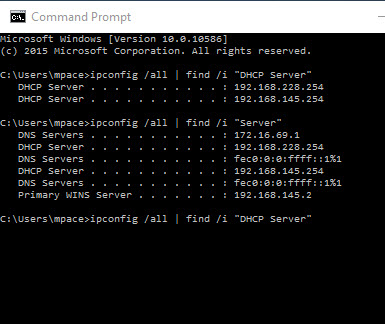
See File Metadata Query Expression Syntax and for using other search operators. This command works this way because the time since each file was. To avoid opening bash scripts or other non-document files, you may restrict file contents by additional search attributes. Search for files in your home directory which have been modified in the last twenty-four hours. Additional cd is for case insensitive and ignoring diacritical marks, e.g., fred will return both, Frédéric and FrEDeric.įindpaper will restrict search to results under a specific path (recursive) while openpaper pie*201 will open a (or first of multiple results) search result or openpaper pie*201 3 will open third result entry. There is no need to prepend or append * to your query as the search pattern, '*$1*' already tags wild card entry at beginning and end of your query. To search for files with words, pie and 2016 anywhere in the file name, do spot pie*2016 #or Now, either source ~/.bash_aliases or open a new terminal load functions. Open "$(mdfind -name -onlyin "/Users/foo/articles" "kMDItemDisplayName='*$1*'cd" | sed -n "$")" # default to open the first entry unless 2nd positional argument is given Mdfind -onlyin "/Users/foo/articles" "kMDItemDisplayName='*$1*'cd" # restrict to files under (recursive) a specific path # find any item matching search query in file name I find this easier than typing long string of query in spotlight window.Īdd following functions in ~/.bash_aliases.

Simply add the -delete flag at the end for the command to find empty folders and files in Linux.You may use following command line functions to quickly find and open relevant file. Once you are happy with the results, then you can apply the -delete flag to finally delete the items.ĭelete Empty Files and Directories with find Commandĭeleting empty files and directories is fairly simple. We recommend you to always first run the find command without te delete flag.
#Find any file command mac how to#
If you want to know about more ways to delete files and directories in Linux, check out articles on how to delete a file in Linux and how to delete a directory in Linux.
#Find any file command mac pdf#
pdf files in the current directory, you can use this command: The syntax to delete all files with the same extensions is:įor example, if you want to delete all. (look for the + under the search field on the top right) If you are looking to do this on the command line, you can use: mdfind 'kMDItemFSSize > 102410241024' In a test on my machine, the Spotlight search didnt find a. When you need to delete all files with the same extension in a directory, all you need to do is add the -delete flag at the end. In a Finder window, start a Spotlight search and choose the File Size and also System files from the drop down menu. Say you want to delete the “test.txt” file in the current directory, you can use this command as: The syntax to delete a file using find is: The syntax to delete files using the -delete flag with the find command in Linux is:įind -type -delete Delete File and Directory with Exact Nameĭeleting a file/directory works the same as using the find command to search for it. To make things simpler, you can use the -delete flag instead of the entire -exec part to delete the items. Some users may find the above command difficult to grasp. The basic syntax to delete files using the find command is: However, with the power of the -exec command, you can easily delete files or directories filtered by the find commands based on the specified rules. You’d think that a complicated shell script needs to be written for it. Sometimes you may need to delete specific files/directories in Linux. Find and Delete Files and Directories in Linux

If you do not know the exact file name, the find command being very versatile can be used to search for files even with the part of a name.ĩ. The most common way to search for files and directories with the find command in Linux is with their respective name. This flag is used to search for files and directories owned by a specific user.īest Ways to Use the find Command in Linux

This flag filters files and directories based on their permissions. This flag filters the items based on their memory occupancy size. The exec flag is used to execute shell commands on the output. This specifies the type of items to look for. This option is used to specify the name of the file or folder. Some of the common options to pair with the find command are:


 0 kommentar(er)
0 kommentar(er)
